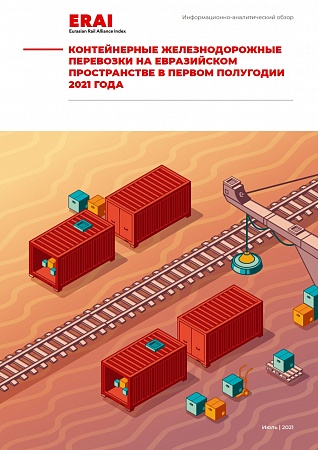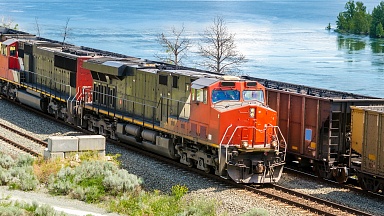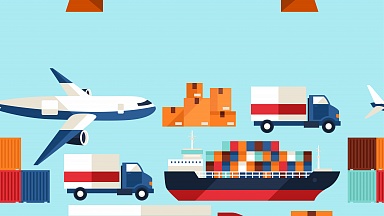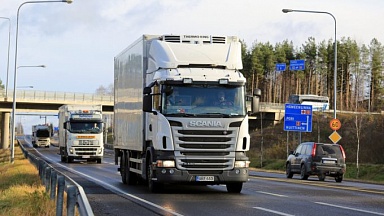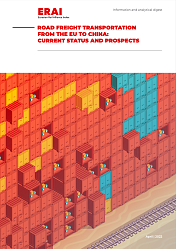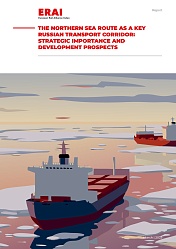In the first half of 2021, 336,598 Twenty-Foot Equivalent Units (TEUs) were transported along the Eurasian railway transit route in the China—Europe—China direction, which is 50% more than in the first half of 2020. The network of routes was rapidly expanding, and the number of routes increased by 59.
In 2020, the pandemic, which led to disruptions in supply chains, congestions at ports and a sharp increase in maritime freight rates, as well as a severe reduction in air cargo transportation, drove the growth of Trans-Eurasian railway transportation. In 2021, notwithstanding some pessimistic estimates, the modal shift has continued bringing more cargo flows into rail services. Currently, the Eurasian railway transit not just maintains but furthers its competitive position against alternative types of cargo transportation.
Both the situation on the maritime freight market, marked with record freight rates, and the strategic activities aimed at increasing the train-handling capacity of the Eurasian transit route are benefitting Eurasian rail transit. In 2021, a new terminal of DTT LLP was put into operation in the immediate proximity of Dostyk station, which will boost capabilities of the corridor on the Kazakhstan-China border. Multimodal transit routes through the ports of the Kaliningrad region are also undergoing rapid development, thus boosting overall corridor capacity on the Western side.
The safety of transportation is one of the key criteria that cargo shippers are guided by when choosing a mode of transportation. At present, digital solutions aid rail transport in setting new quality and safety standards for China—Europe—China transit. For example, in the first half of the year, the Guard Train project was launched, that was designed to further increase the safety of cargo transportation through the use of intelligent sealing systems.
In the first half of 2021, the cargo nomenclature continued to expand. For a long time, the dominant goods for transportation along the Eurasian route were mechanical equipment, computers, electrical devices, vehicles. Currently, over 100 types of cargoes follow on the route and the cargo structure has become considerably more diversified.
All new competitive advantages gained by the railway will allow it to maintain and further the achieved results. The Eurasian railway transit route sustainability has been proved. Not only transport and logistics companies are the beneficiary of the achieved success of the route, but also the entire space of the 1520 mm track gauge. The route development attracts investments and creates growth points in the Eurasian space.
